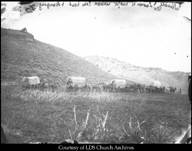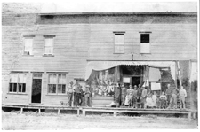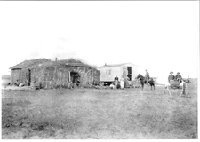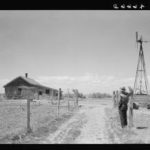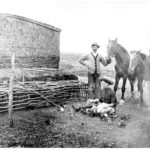Many popular myths and conceptions surround the settling of America’s Old West. The truth is that it was a long, difficult process–both to distribute land and to settle it. The federal government began to distribute land almost since the country was founded, but it wasn’t especially easy. At first, land was measured against landmarks. Boundaries could be a little fuzzy with this method, and the government eventually began to measure against astronomical points.
The government didn’t want to just give away land–they wanted to add to the new country’s treasury. Prior to 1800, the government sold 640-acre parcels of land for $1 an acre. Buyers had to purchase the whole plot, and $640 was a lot of money. After 1800, the purchase requirement was dropped to 320 acres–which was a little bit easier for settlers to clear and plant–and purchasers were allowed to pay in installments. The new price was $1.25 an acre, and was still steep for most would-be farmers.
After 1852, the government priced land based more on its perceived value. Land that had been available and unsold for 30 years, for instance, was re-priced at 12.5 cents an acre. To 21st-century landowners, that price seems unbelievably cheap. However, clearing land without powerful machines was difficult and backbreaking, and it was hard for families to leave their communities and social networks to strike out on their own.
The government had to get creative to really get settlers willing to push westward, and my next posts will show the settlement process.
________________________________________________________________________
